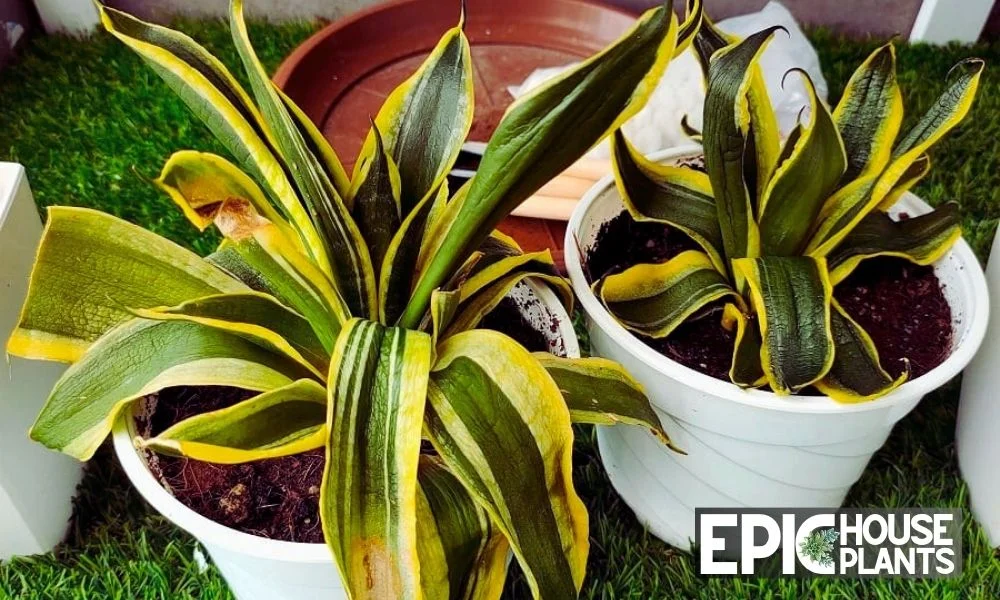One of the common snake plant problems faced by snake plant owners is the plant developing brown tips. This is a sign that your snake plant might be under stress, which is typically due to environmental factors.
In this article, we will explore the causes behind snake plant brown tips, what you should do with them, and how to prevent them in the future.

One of the Common Problems of Growing Snake Plant: Brown Tips
Understanding the problem is the first step to effectively addressing it. Snake plants are resilient, hardy, and easy to care for, but even the toughest plants have their limits.
One sign of a problem is brown tips on snake plant leaves. There are several causes behind this phenomenon, but knowing the cause will make it easier to fix the problem. It’s worth noting that different causes will require different treatments.
💡Also Read: For more comprehensive information on why your snake plant’s leaves are splitting and how to effectively remedy this issue, consider reading this in-depth guide.
What Should I Do with the Brown Tips of Snake Plant Leaves?
When you notice that your snake plant has brown tips, the first thing to consider is whether or not you should cut the affected leaves.
Author Note:
The reality is that once a snake plant leaf gets damaged, it stays damaged. Hence, it is often better to trim the brown tips to prevent the spread of the damage.
Here’s a simple step-by-step guide on how to do this:
- Sterilize Your Pruning Shears: You want to ensure that you’re not introducing any additional pathogens to your plant.
- Trim the Brown Tip of the Leaf: Carefully cut where the brown part begins, ensuring not to hurt the healthy part of the leaf.
- Remove the Entire Leaf if Necessary: If the damage has spread throughout the whole leaf, it might be best to cut off the entire leaf at its base on the soil.
💡Also Read: While doing so, it’s equally important to know how to propagate a snake plant from a leaf that you’ve removed. To learn more about this, consider reading The Ultimate Guide to Propagating Snake Plant in Soil.
Causes of Snake Plant Brown Tips
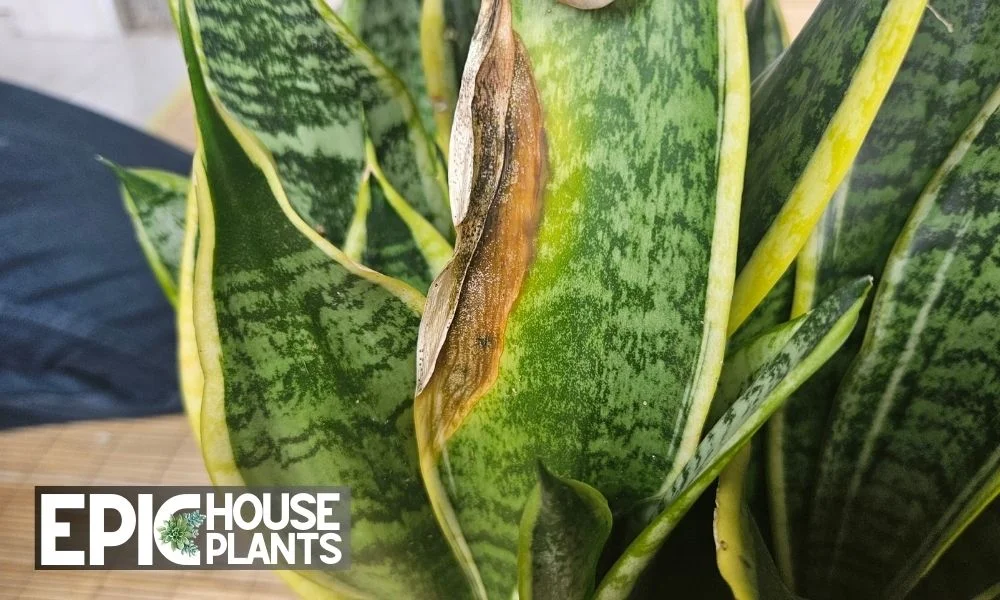
Understanding the cause of the problem is the first step to providing the right treatment for your snake plant.
Different causes will require different treatments, so it’s important to know why your snake plant is getting brown tips. Here are some possible causes:
- Underwatering: Snake plants are drought-tolerant, but they still need watering. Insufficient water can cause the plant to dry out, resulting in brown tips.
- Overwatering: While snake plants need water, they don’t like too much of it. Overwatering can lead to root rot, a condition that can turn your snake plant’s leaves brown from the tips downwards. Learn more about watering snake plants here.
- Water Quality: Snake plants are sensitive to chemicals in tap water, like chlorine and fluoride. These chemicals can build up in the plant’s leaves and cause them to turn brown.
- Excessive Sunlight: Snake plants can tolerate low light conditions, but too much direct sunlight can scorch their leaves, causing them to turn brown. Discover the ideal light conditions for snake plants here.
- Low Humidity: Snake plants are tropical plants, so they thrive in humid environments. If the air in your home is too dry, it can cause your snake plant’s tips to turn brown.
- Extreme Temperatures: Both cold stress and extreme heat can cause your snake plant’s tips to turn brown.
- Excessive Fertilizer: Too much fertilizer can cause a build-up of salts in your plant’s soil, leading to brown leaf tips. Learn more about fertilizing snake plants here.
💡Also Read: By properly understanding the needs of your snake plant, you can easily avoid these issues and ensure the longevity of your plant. For a deep dive into this, you may want to check out this blog post on “How Long Can a Snake Plant Live”.
How to Fix Snake Plant Brown Tips
Fortunately, there are ways to fix this problem and restore your snake plant to its healthy, vibrant self.
Fixing Underwatered Snake Plants
Even succulents like snake plants can be underwatered. If it’s been a while since you last watered your plant, and the leaves are starting to turn brown, it’s probably thirsty.
Give your snake plant a good soak, and then allow the soil to completely dry out before watering it again.
Managing Overwatered Snake Plants
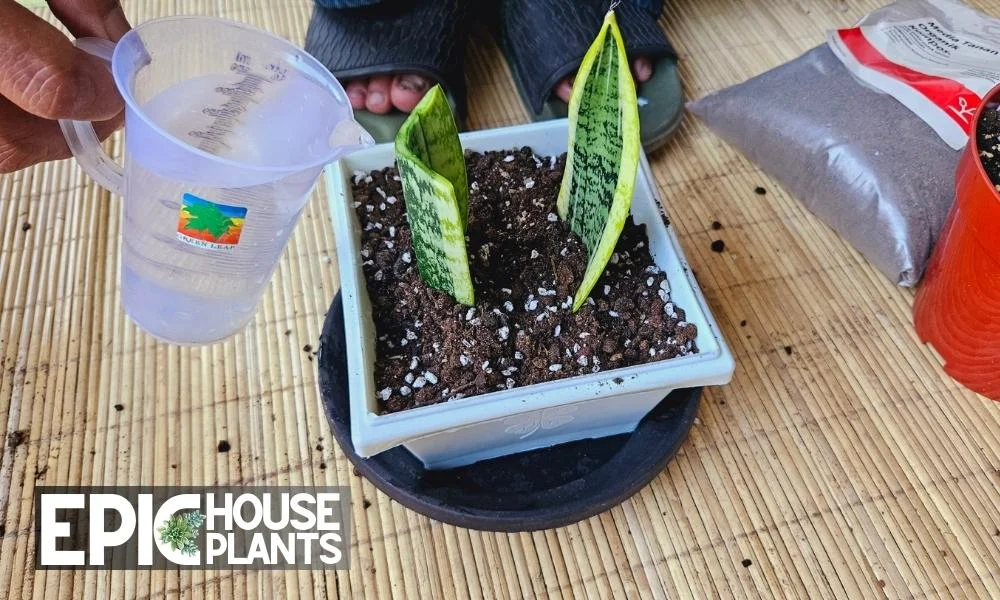
Overwatering your snake plant can result in various problems. It causes the potting medium to stay wet for extended periods, promoting anaerobic bacterial and fungal growth.
Overwatered snake plants can absorb too much water, leading to edema or blisters on the leaves.
Author Note:
This can then result in bacterial or fungal infections, which manifest as brown or black spots on the leaf surface. Therefore, it’s best to water your snake plant only when the soil is completely dry.
Dealing With Poor Water Quality
Snake plants are sensitive to high levels of salts and minerals, like chlorine and fluoride, in tap water. These substances can accumulate in the soil, damaging the leaves over time.
To avoid this, use filtered water or rainwater. If you have to use tap water, let it sit out overnight, allowing the chlorine to evaporate before watering your plant.
Avoiding Excessive Sunlight Exposure
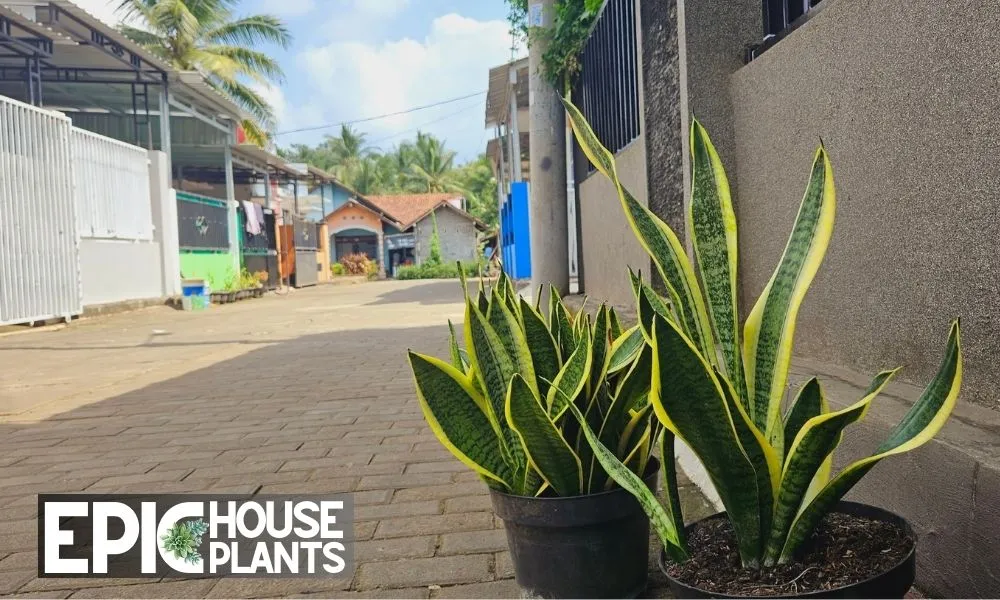
Although snake plants can withstand various light conditions, direct sunlight for prolonged periods can cause leaf damage, including browning tips. Move your plant to a location with plenty of indirect sunlight.
This will also reduce the temperature and allow your snake plant to recover from heat stress.
Balancing Temperature Conditions
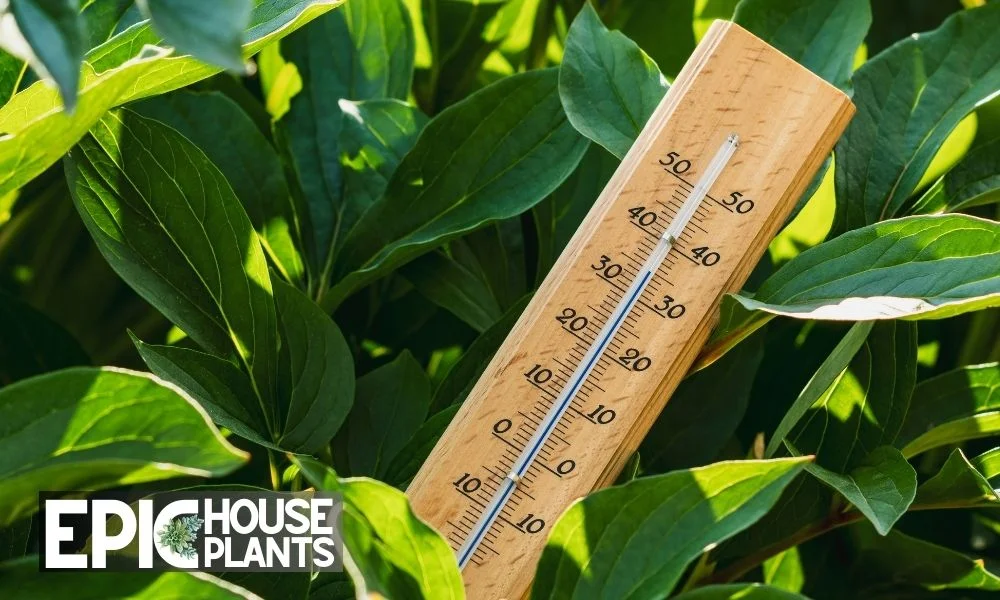
Snake plants prefer temperatures between 55 and 90 °F. When exposed to temperatures above 85 °F or below 45° F, the plant may become stressed and develop brown tips. Keep your plant indoors, away from extreme heat or cold.
Maintaining Adequate Humidity
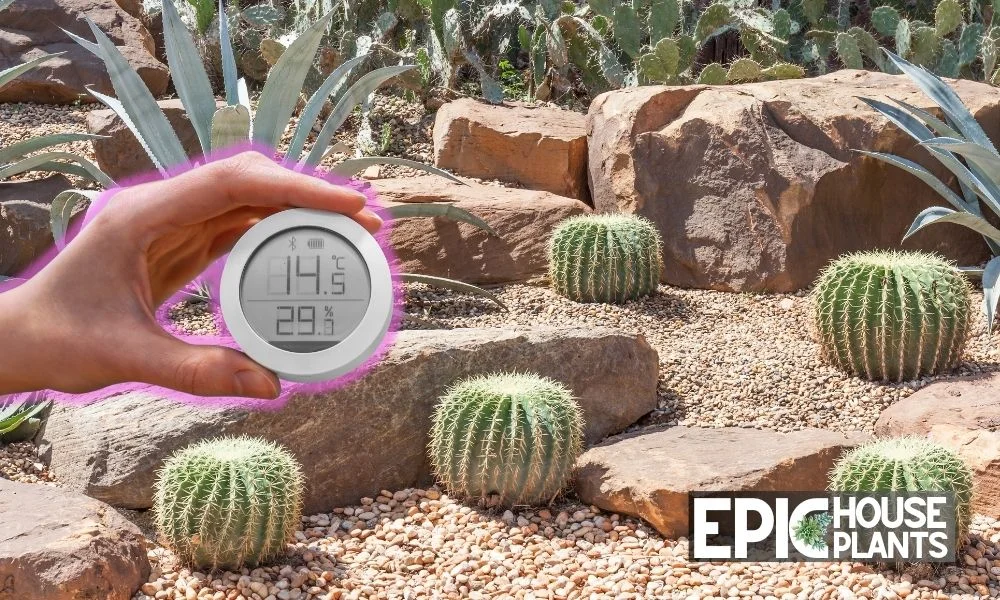
Indoor air can be drier than most houseplants prefer. Snake plants can develop brown tips due to excessive moisture loss from the leaves caused by dry air.
Maintain a humidity level of at least 35%. You can achieve this by using a humidifier or a DIY pebble tray.
Regulating Fertilization
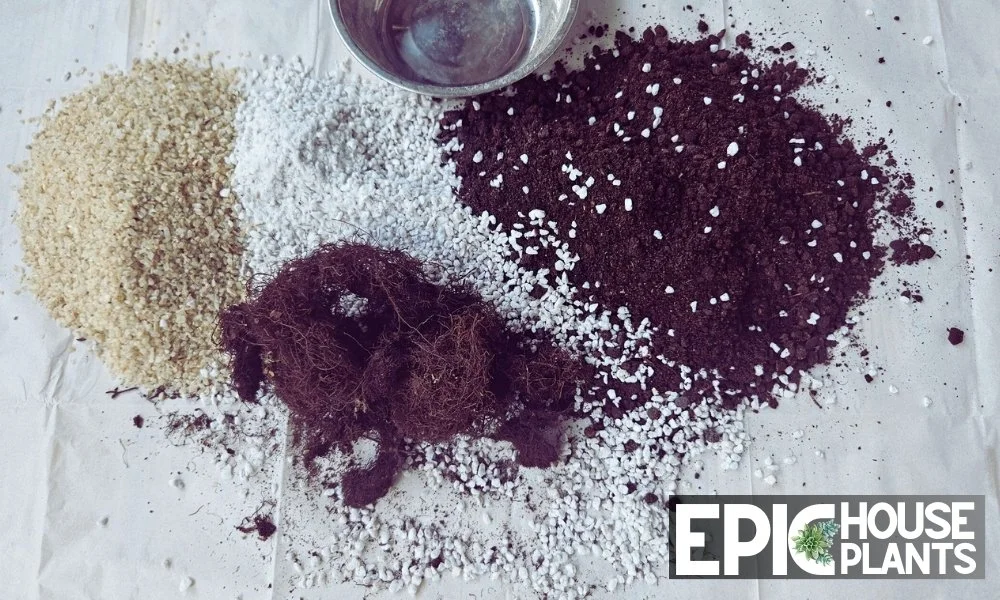
Despite their hardy nature, snake plants don’t require a lot of fertilizers. Too much fertilizer can cause root burn, which impacts the foliage and leads to brown tips or leaf edges.
If you’ve over-fertilized your snake plant, stop for a few months. Rinse the potting mix with plenty of water to leach the excess nutrients out of the soil. Consider repotting into fresh potting mix if necessary.
Author Note:
During the growing season, fertilize your plant twice using a well-balanced fertilizer, like a triple 10, but always dilute it to avoid plant damage.
By understanding these issues and solutions, you can effectively prevent and treat brown tips on your snake plant.
💡Also Read: For a comprehensive guide on choosing the right soil for your snake plant, check out this blog post on “7 Best Soil for Snake Plant + Make Your Own Soil Potting Mix”.
Author

Pudji Haryanto
Pudji Haryanto is a writer and urban farmer with a passion for cultivating plants. He has over 15 years of experience in agriculture and currently manages a 65,000 square foot rice-field and yard filled with various plants, including vegetables, spices, flowers, and garden plants.

